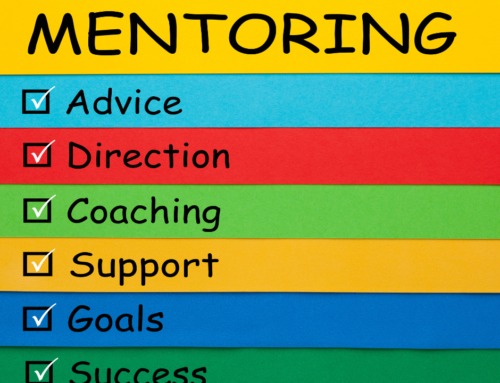Happy New Year!
Allow me to take this opportunity to thank you for being a subscriber this year and to wish you a plentiful year in 2022.
It’s been a strategic planning quarter for us at Fiore Group Training. We know how we act, what we do and don’t do, and what we say and don’t say will impact the world and specifically our clients’ lives and careers.
With that in mind, we are laser-focused on sharing conversations with our clients to learn how to best partner with you. We want to help your employees grow and thrive at work. As we turn the page to 2022, our efforts will increase.
Employee safety, their physical and psychological safety, remains a significant focus for Fiore Group.
However, I believe the key to overall company safety is the daily actions of each individual. Our training participants are encouraged to adopt the philosophy of continuous improvement. We do this through our micro-habits. Each individual contribution will improve the workplace environment and culture.
Habits Change Company Culture
In one of my favorite books, The Power of Habit by Charles Duhigg, Duhigg refers to a great article about Paul O’Neill’s impact in 1987 as the CEO of Alcoa (Aluminum Company of America). Once settled in as the new CEO, he immediately focused on worker safety. He aimed to turn the company into the safest company in America.
Amongst a range of changes, O’Neill established systems focused on safety communications and reporting designed to highlight leading and lagging safety indicators.
What do I mean by leading and lagging indicators? If you think of a car, leading indicators look forward through the windshield at the road ahead. Lagging indicators look backward, through the rear window, at where you’ve been.
Although O’Neil experienced a great deal of initial resistance from some quarters, most people found it hard to argue with a focus on worker safety. However, when it became clear that it was a wholesale change to company culture and not simply a ‘flavor of the month,’ the entire organization began to change.
Of course, as the employer, he had the ‘duty of care’ – the legal responsibility to provide a safe workplace. O’Neil was out to enhance the overall culture of the company. The company quickly realized a healthier and safer environment by creating systems that emphasized safety and challenged employees to demonstrate safe work practices while identifying hazards and reporting risk-taking behaviors.
O’Neil empowered workers to make safer choices by focusing their attention on their habits. Those safer habits then began to impact outside of the workplace as well.
Everyday Small Actions Have Big Impacts
Years ago, a friend introduced me to the Heinrich Injury Risk Pyramid, written in 1931 by Herbert William Heinrich.
In part, the concept explains that when we pay attention to the reduction and mitigation of workplace hazards, we see a decrease in close calls (near-misses), minor injuries, major injuries, and even workplace fatalities.
Elements of his hypothesis suggest poor management culture is mainly responsible for many workplace injuries (of all kinds). Although I agree, I remain convinced that a connection exists between each person’s small daily actions at work and the overall impact on company safety.
I passionately believe this to be true for both physical workplace safety and psychological workplace safety.
In the physically safe workplace, these small actions include: always wearing your PPE, never taking shortcuts, focusing on safety briefings, not being satisfied with “safe enough,” practicing safety drills, discussing the risks involved in workers rushing, not being complacent, and awareness of fatigue or frustration.
For the psychologically safe workplace, we need to be aware of: saying please and thank you, supporting and lifting those around us who are struggling or having a tough day, demonstrating the Platinum and the 10-5 Rules, smiling at one another, using people’s first names, apologizing sincerely, and finally, owning our behavior when we have done something or said something to upset someone else.
All of these behaviors are actionable. We can choose to do them. We OWN that power.
If we were to do all of these things every day at work, our actions would create a ripple effect of positive change.
Keystone Habits
These are what Duhigg refers to as ‘keystone habits.’ They are the small changes or habits that people introduce into their routines and then unintentionally carry over into other aspects of their lives. They affect everything.
Remember, none of us have a role in life where we have a zero impact on those around us. Whether that impact is positive or negative will depend almost entirely on what you do or what you say.
Let’s all commit to showing up in our lives and demonstrating these positive keystone habits in 2022.
As author Kat Cole tells us:
“Focus on things that are small enough to change but big enough to matter.”







